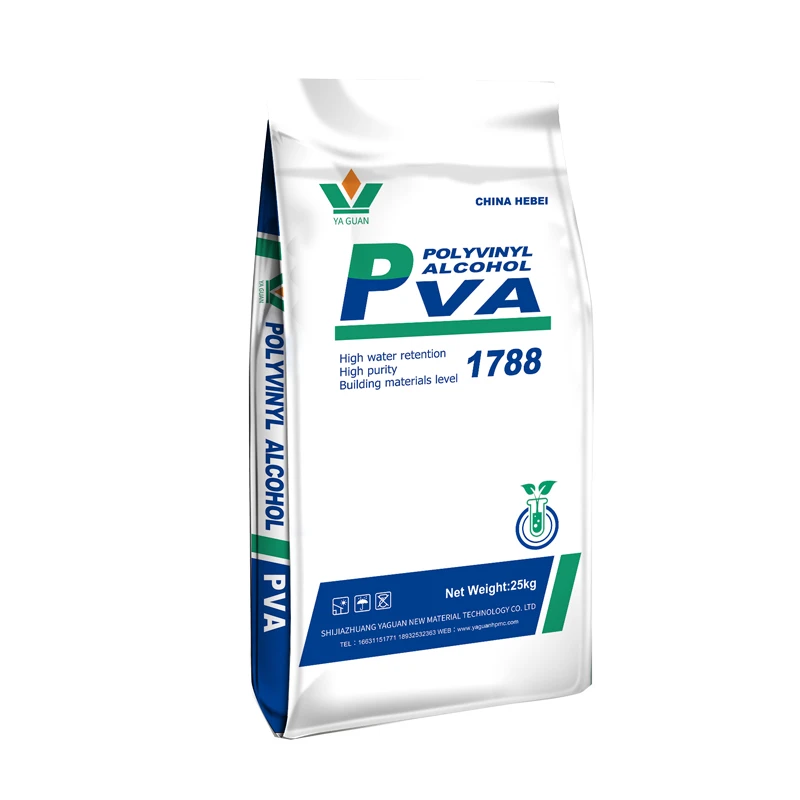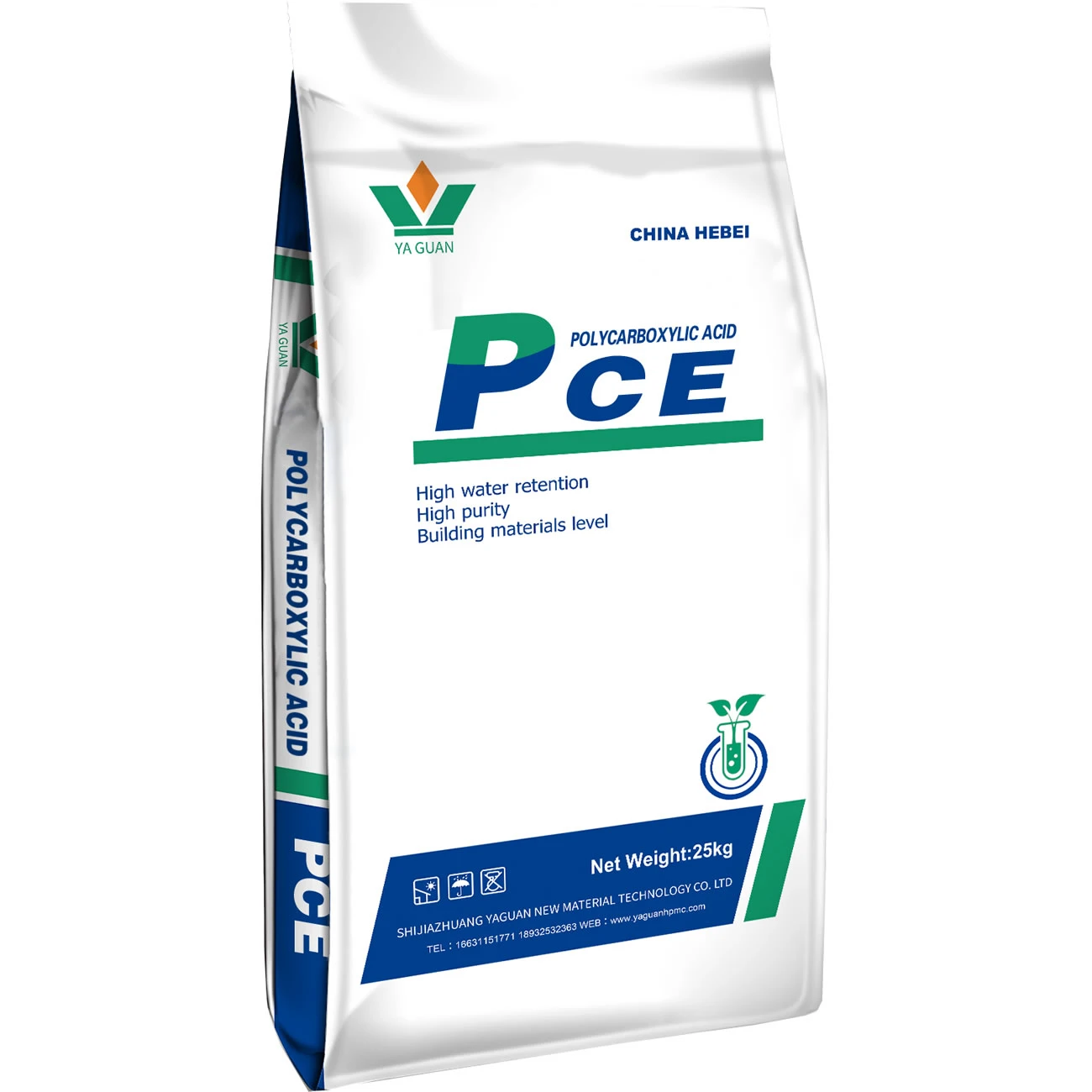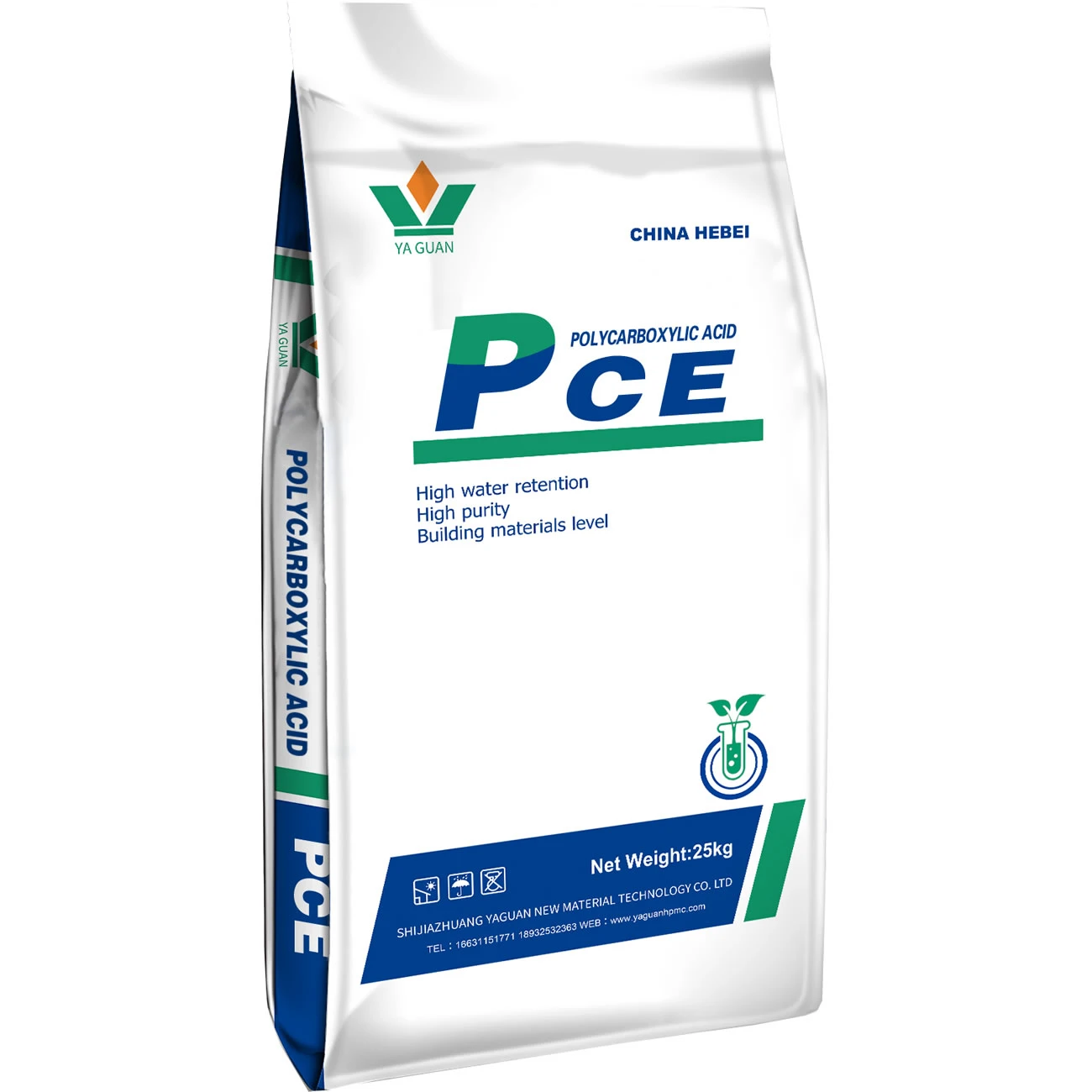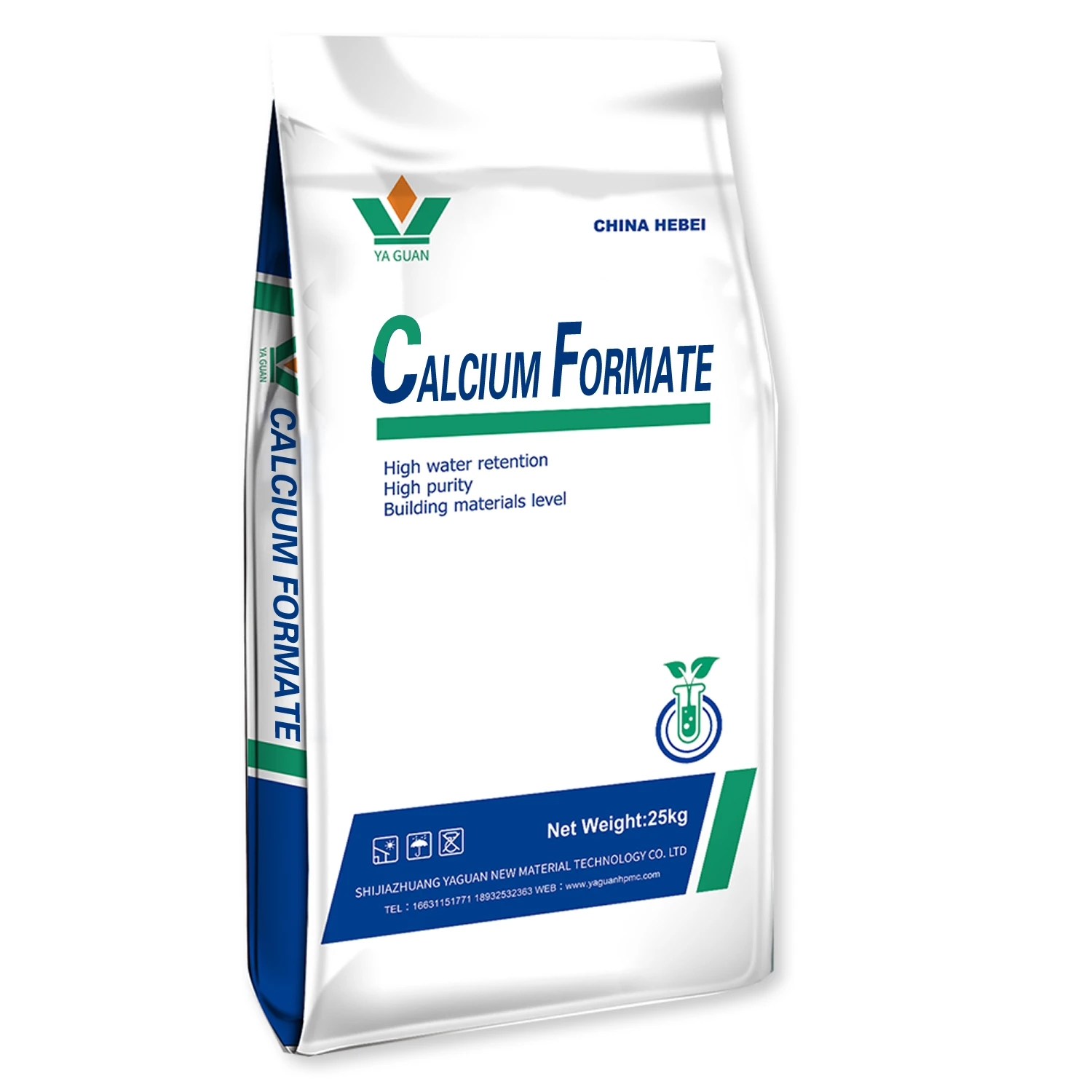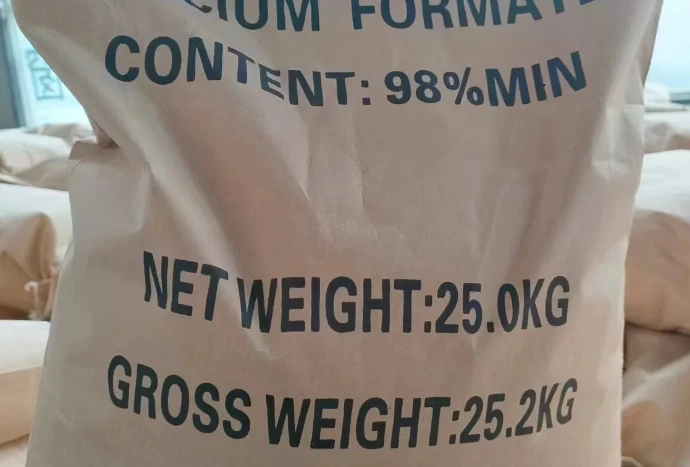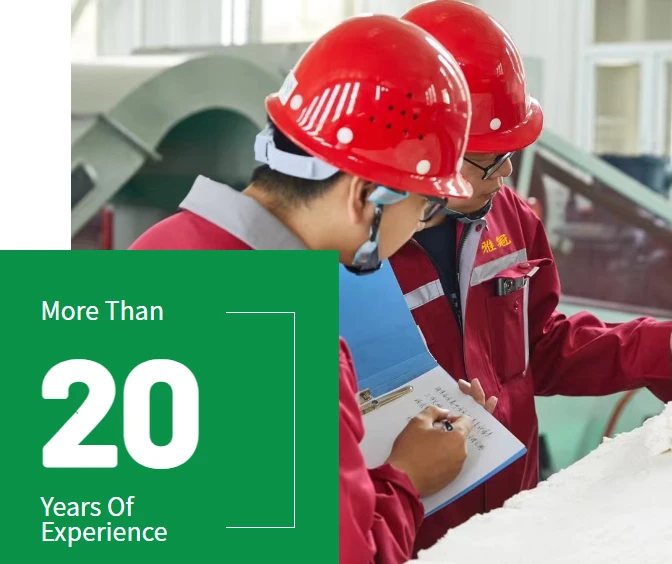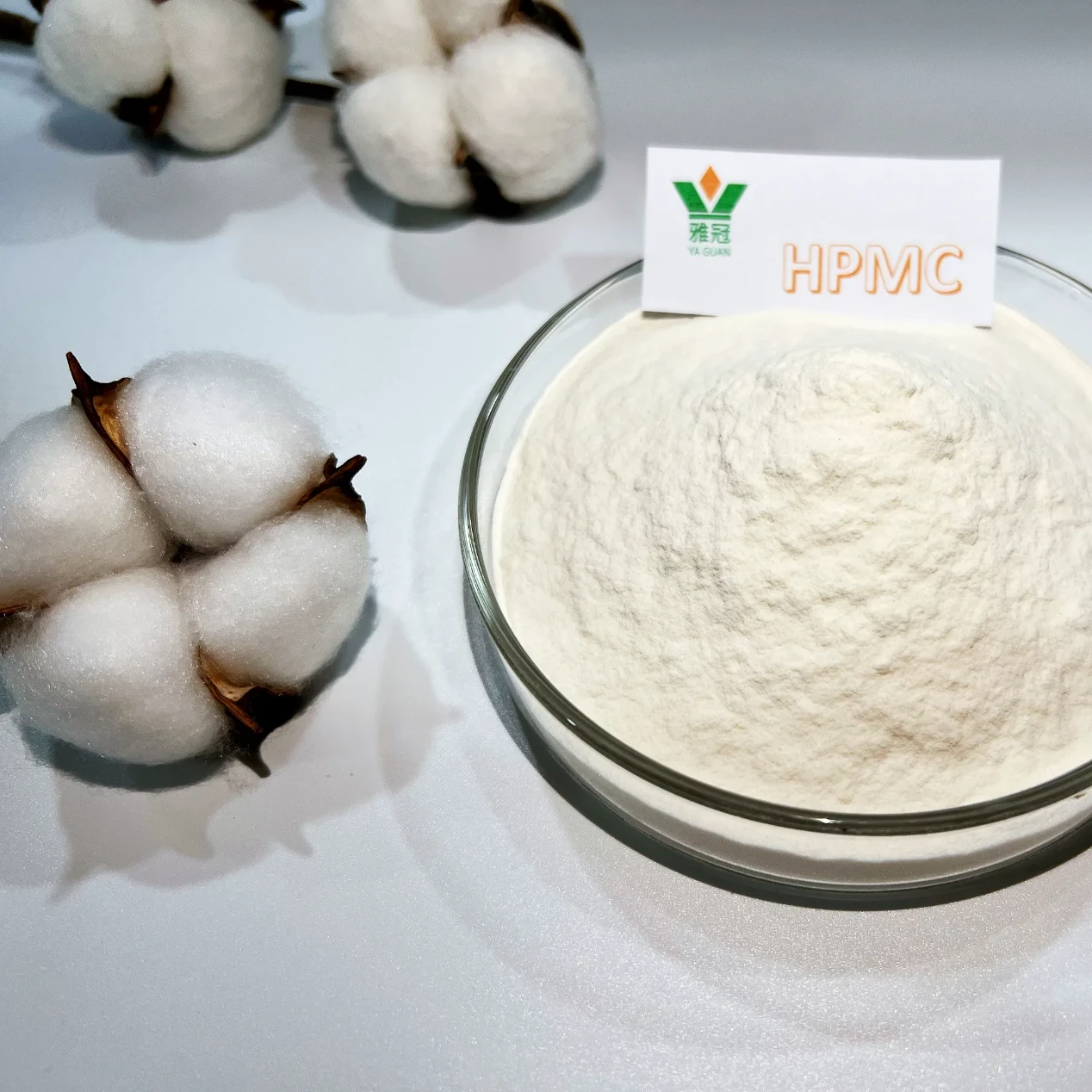
As a wholesaler in the construction and pharmaceutical materials sector, understanding the viscosity measurement of HPMC (hydroxypropyl methylcellulose) is essential for ensuring product quality and meeting customer demands. HPMC, a versatile cellulose ether, is widely used in applications such as cement mortars, pharmaceutical coatings, and food additives. Its viscosity is a critical parameter that directly influences performance, and accurate measurement is vital for quality control. Shijiazhuang Yaguan New Material Technology Co., Ltd. specializes in producing high-quality HPMC with precise viscosity specifications, and this article serves as a comprehensive guide to viscosity measurement from a wholesaler’s perspective.
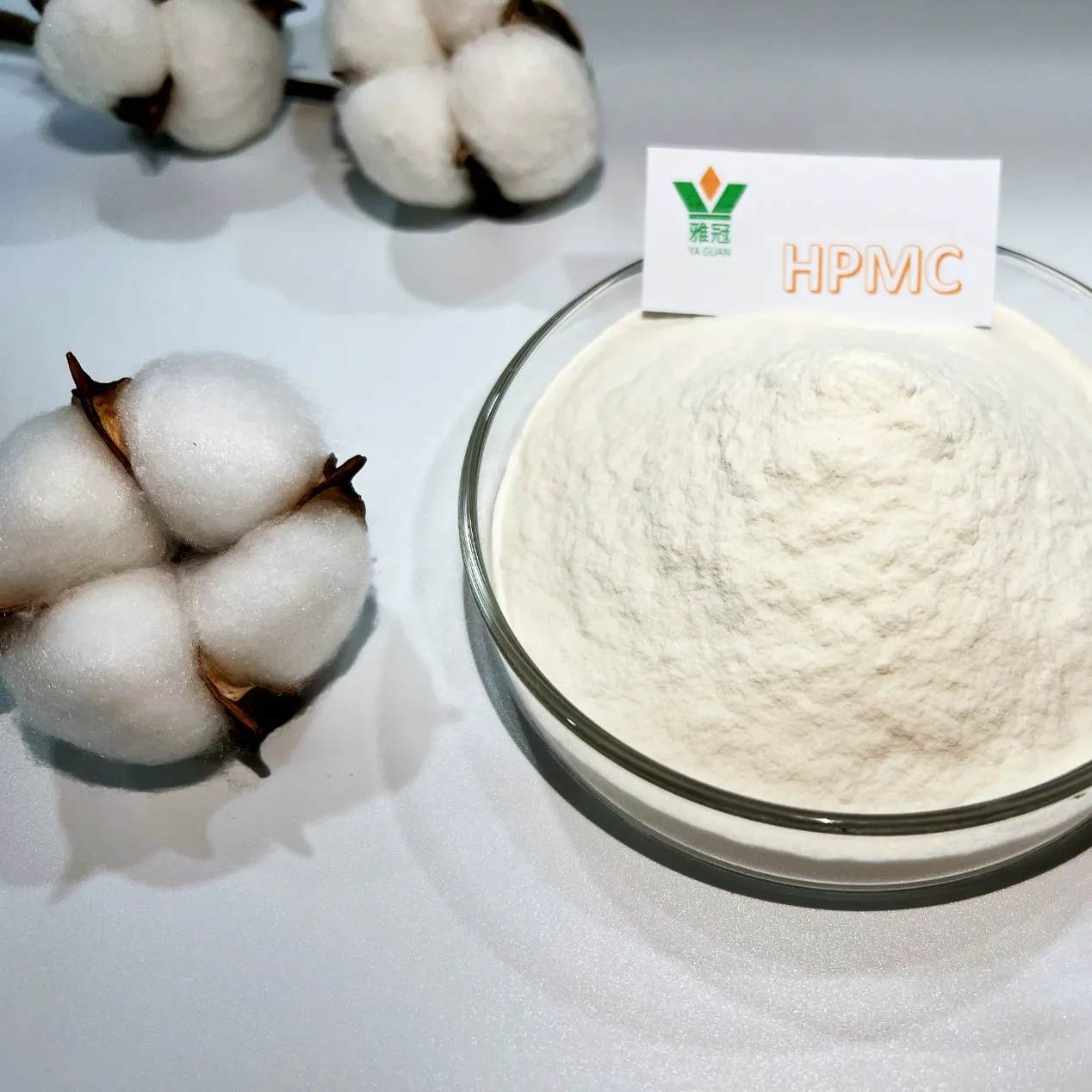
HPMC: Fundamentals and Viscosity Significance
HPMC is derived from natural cellulose through chemical modification, resulting in a water-soluble polymer with unique thickening and film-forming properties. Viscosity, a measure of the polymer solution’s resistance to flow, is determined by factors such as molecular weight, degree of substitution, and solution concentration. Shijiazhuang Yaguan New Material Technology Co., Ltd. manufactures HPMC with a wide range of viscosities to cater to different applications, from low-viscosity grades for HPMC coating in pharmaceuticals to high-viscosity types for construction mortars.
Viscosity Units and Standards
- mPa·s (millipascal-seconds): The standard unit for viscosity measurement.
- Brookfield Viscometer Units: Commonly used in industry, with results reported at specific rotor speeds (e.g., 200 rpm).
- ASTM D2196: The standard test method for measuring viscosity of non-Newtonian liquids.
Table: Shijiazhuang Yaguan HPMC Viscosity Grades and Applications
|
Viscosity Grade |
Viscosity (2% Solution, 20°C, mPa·s) |
Primary Applications |
Key Performance Traits |
|
Low Viscosity |
1,000–5,000 |
Pharmaceutical HPMC coating, food thickeners |
Fast dissolution, clear film formation |
|
Medium Viscosity |
10,000–50,000 |
Tile adhesives, putties |
Balanced workability and thixotropy |
|
High Viscosity |
100,000–400,000 |
Cement mortars, grouts |
Enhanced water retention, anti-sedimentation |
|
Ultra-High Viscosity |
500,000+ |
Specialized waterproofing materials |
Extreme thickening, high film strength |
Key Factors Affecting HPMC Viscosity Measurement
Concentration of HPMC Lösning
Viscosity is highly dependent on the concentration of the HPMC solution. Typically, measurements are conducted at 2% or 2.5% concentrations, but this can vary by application. Shijiazhuang Yaguan provides clear guidelines on the recommended concentration for each viscosity grade to ensure accurate measurement. For example, high-viscosity HPMC for mortars is measured at a 2% concentration, while low-viscosity grades for coatings may use a 1% concentration.
Temperature Control
Temperature significantly impacts HPMC viscosity. As temperature increases, viscosity decreases due to reduced intermolecular interactions. Conversely, lower temperatures increase viscosity. To ensure consistency, measurements must be conducted at a controlled temperature, typically 20°C or 25°C. Shijiazhuang Yaguan’s quality control labs maintain precise temperature control during viscosity testing to replicate real-world application conditions.
Stirring and Hydration Time
Proper hydration of HPMC is essential for accurate viscosity measurement. Inadequate stirring or hydration time can lead to incomplete dissolution, resulting in inconsistent viscosity readings. Shijiazhuang Yaguan recommends stirring HPMC solutions for at least 1 hour at a controlled speed (e.g., 200–300 rpm) to ensure full hydration. For high-viscosity grades, longer hydration times (up to 2 hours) may be necessary.
Viscosity Measurement Instruments for HPMC
Brookfield Viscometer
The Brookfield viscometer is the industry standard for measuring HPMC viscosity. It works by rotating a spindle in the solution and measuring the torque required. Shijiazhuang Yaguan uses Brookfield viscometers with different spindles (e.g., RV, LV, HA) depending on the expected viscosity range. For example:
- LV Spindles: Used for low-viscosity HPMC(1,000–50,000 mPa·s).
- HA/HC Spindles: Suitable for high-viscosity grades (100,000–400,000 mPa·s).
Rotational Viscometers
Rotational viscometers, such as the Contraves LS30, offer precise control over shear rate and temperature, making them ideal for characterizing the non-Newtonian flow behavior of HPMC solutions. Shijiazhuang Yaguan uses these instruments for research and development to optimize HPMC formulations for specific applications.
Capillary Viscometers
Capillary viscometers, like the Ubbelohde or Cannon-Fenske types, measure viscosity by the time it takes for a solution to flow through a narrow tube. While less common for routine quality control, they are used for high-precision measurements of low-viscosity HPMC solutions in research settings.
HPMC Viscosity Measurement FAQs
Why is viscosity measurement important for HPMC cellulose?
Viscosity is a critical parameter for HPMC cellulose as it directly affects its performance in various applications. In construction, the viscosity of HPMC determines the workability, water retention, and sag resistance of mortars and adhesives. In pharmaceuticals, viscosity influences the coating process and film properties of tablets. Shijiazhuang Yaguan New Material Technology Co., Ltd. ensures that each batch of HPMC cellulose meets strict viscosity standards to guarantee consistent performance for wholesalers and their customers.
How does temperature affect the viscosity of HPMC solutions?
Temperature has a significant impact on the viscosity of HPMC solutions. As temperature increases, the viscosity of HPMC solutions decreases due to the disruption of hydrogen bonds between the polymer chains and water molecules. Conversely, lowering the temperature increases viscosity. To obtain accurate and reproducible results, viscosity measurements must be conducted at a controlled temperature, typically 20°C or 25°C. Shijiazhuang Yaguan’s quality control processes include strict temperature regulation to ensure that viscosity measurements reflect the true properties of the HPMC.
What is the recommended concentration for measuring HPMC viscosity?
The recommended concentration for measuring HPMC viscosity depends on the intended application and the viscosity grade of the product. For most construction-grade HPMC, a 2% solution (2 grams of HPMC per 100 ml of water) is used for viscosity measurement. For lower-viscosity grades, such as those used in HPMC coating for pharmaceuticals, a 1% or 1.5% concentration may be more appropriate. Shijiazhuang Yaguan provides clear guidelines on the optimal concentration for each HPMC grade to ensure accurate viscosity measurement and proper product performance.
How can wholesalers verify the viscosity of HPMC received from Shijiazhuang Yaguan?
Wholesalers can verify the viscosity of HPMC received from Shijiazhuang Yaguan by conducting independent viscosity measurements using a Brookfield viscometer or similar instrument. Shijiazhuang Yaguan provides a certificate of analysis (COA) with each batch, specifying the measured viscosity and other key parameters. Wholesalers can compare their own test results with the COA to ensure consistency. In case of any discrepancies, Shijiazhuang Yaguan’s technical support team is available to assist with troubleshooting and re-testing.
What are the common challenges in measuring the viscosity of high-viscosity HPMC?
Measuring the viscosity of high-viscosity HPMC (e.g., over 100,000 mPa·s) presents several challenges. One major challenge is ensuring complete hydration of the polymer, as high-viscosity HPMC may require longer stirring times and careful mixing to prevent lumping. Another challenge is selecting the appropriate viscometer spindle and speed to avoid instrument overload. Shijiazhuang Yaguan’s technical data sheets provide detailed instructions for measuring high-viscosity HPMC, including recommended spindle types, stirring speeds, and hydration times, to help wholesalers overcome these challenges and obtain accurate results.
Viscosity measurement is a fundamental aspect of quality control for HPMC, influencing its performance in applications ranging from construction mortars to pharmaceutical HPMC coating. Shijiazhuang Yaguan New Material Technology Co., Ltd. emphasizes precise viscosity control throughout the production process, ensuring that wholesalers receive HPMC with consistent and reliable viscosity characteristics. As a wholesaler, understanding the factors affecting viscosity measurement, the appropriate instruments to use, and the importance of temperature and concentration control is essential for maintaining product quality and meeting customer expectations. By partnering with a reputable manufacturer like Shijiazhuang Yaguan, wholesalers can confidently supply HPMC that meets the diverse viscosity requirements of their customers, supporting success in various industries.

Genomtränglig






